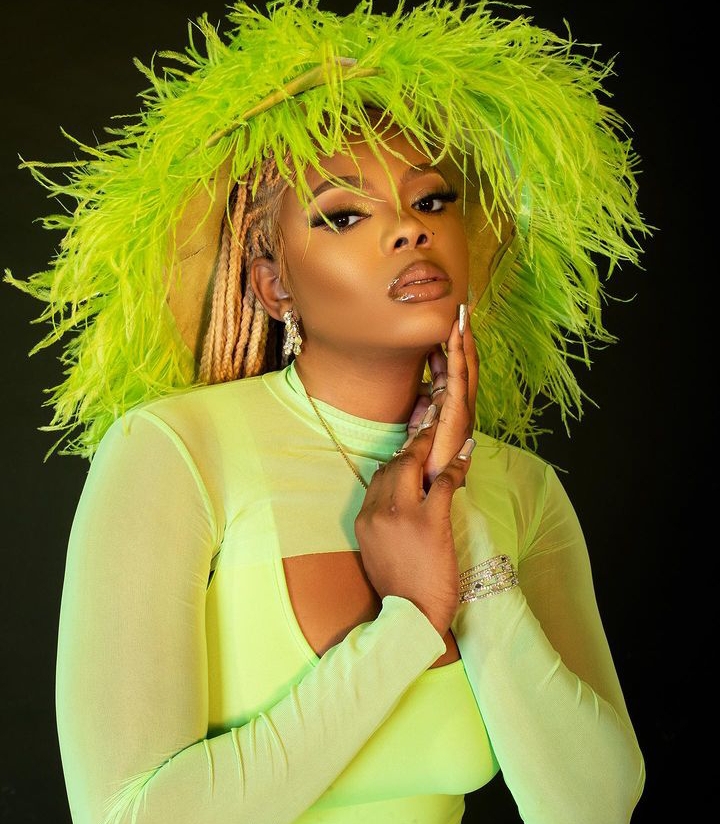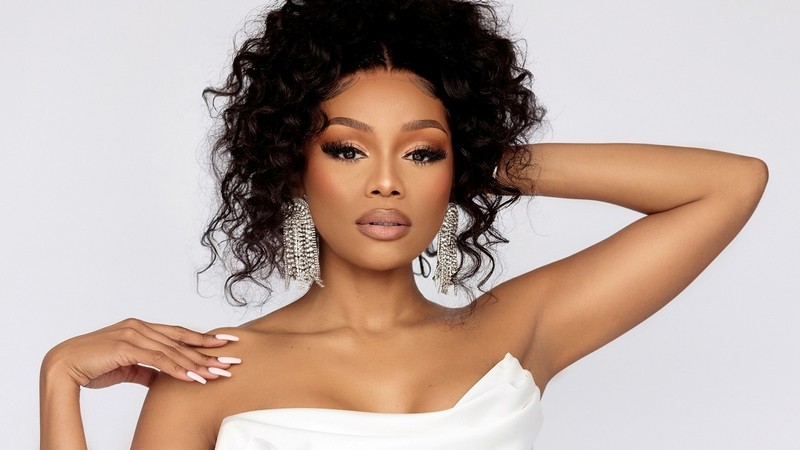
What’s in a cloth, and how does it open windows into the cultural and historical identities of a people? In most cases than not, clothes aren’t just that. But don’t just use them for the hell of it but to pass a message or two about themselves, their roots, and their history.
From time memorial, around the world, some people are most often identified by their traditional clothing. The same might be said of cultures. For many, it’s a thing of pride, and they are more than happy to flaunt this for the world to see.
In South Africa, where multiple tribes and cultures interact and somehow inseminate one another, there are several traditional clothings by which some peoples and tribes might be identified.
Of course, wearing a particular apparel associated with a tribe or people does not necessarily translate to being a member of the Tribe or part of its people. In such instances, what’s happened is merely identity affiliation, cultural appropriation, or some random necessity. Either way, a message is passed.
In this post, our focus is South Africa, which has several native tribes, including Zulu, Xhosa, Ndebele, Pedi, Tsonga and Shangaan, Venda, Tswana, Swati and Sotho.
Almost every Tribe have their sets of traditional clothing, although similarities abound. In this post, we are going to bring to you some of the country’s traditional apparel and the history behind them. Tag along, then, for a didactic experience.
-
The Madiba Shirt
The Madiba shirt is not the oldest piece of traditional clothing, but it has a fierce history behind it and has come to stay for most. It’s a loose-fitting silk shirt of colourful print that became popular in the 1990s thanks to then-president Nelson Mandela, who rocked it almost everywhere and made it famous.
The name of the shirt itself is derived from his name — the Madiba.
According to Yusuf Surtee, a clothier who supplied Mandela with clothes for several years, the design was at Mandela’s request. The former president wanted similar to former Indonesian president Suharto’s batik attire.
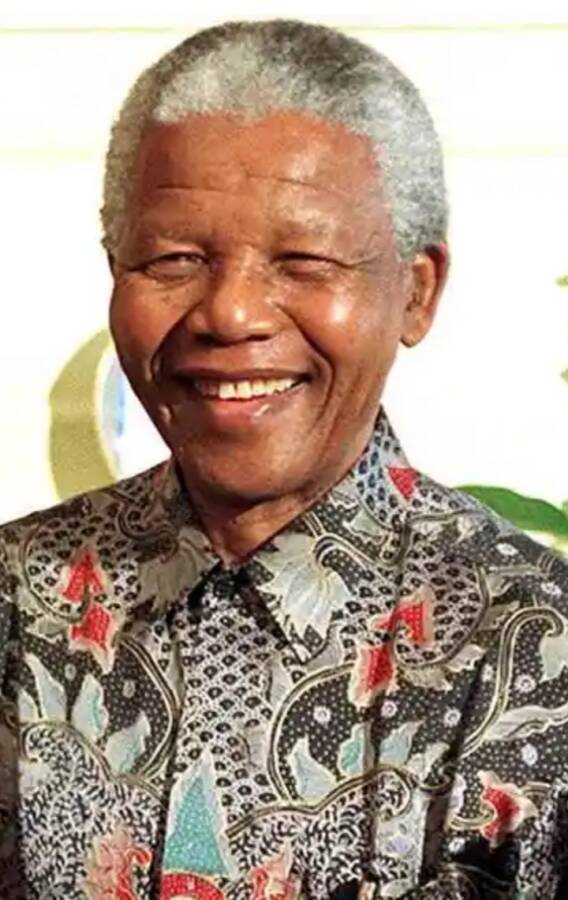
-
Iphotho
It’s an apron made of tassels and beads in geometric designs and won by the Ndebele women. The apron is pretty light until the lady reaches marriageable age, at which point it is replaced by a stiffer version of the same material.
It dates back to ancient times and encapsulates a love of colour, order and geometry.
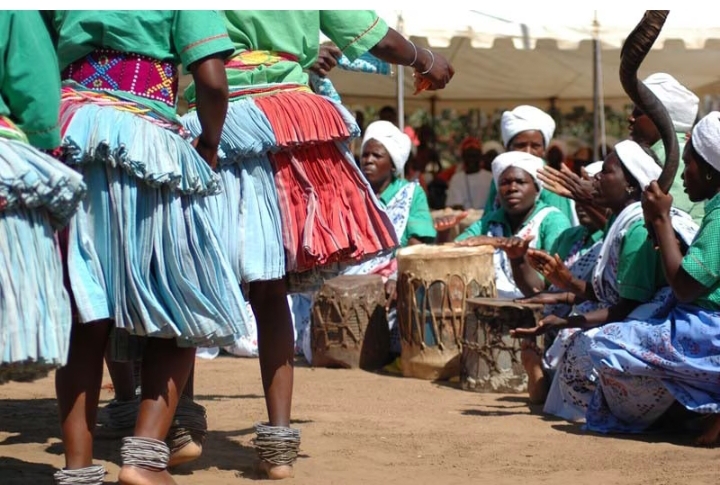
-
Idzilla and isigolwane
These might not fall into clothing per se, but they are unmistakable as accessories that go with the traditional dress of rhe Ndebele people. The idzilla are rings worn around the ankles, necks and arms by married women.
The isigolwane are large, colourful rings of iron beads worn on the hips and legs and sometimes around the neck.
The idzilla and isigolwane have a chequered history. The rings imitate rolls of fat and came into existence thanks to the Ndebele men’s love for fatter women.
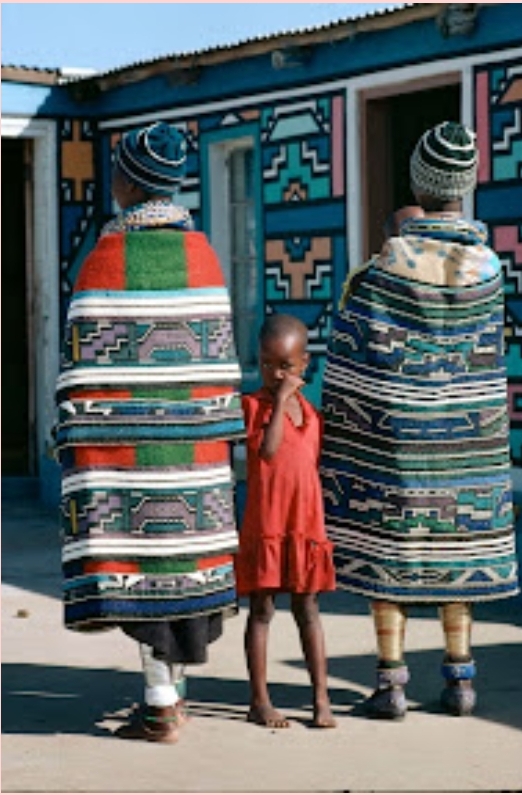
-
Shedo and Nwenda
The shedo is traditionally worn by Venda girls and covers the public region. When the girls come of age and develop breasts, they wear the nwenda, which is made of brightly coloured stripe material, around the waist or one shoulder.
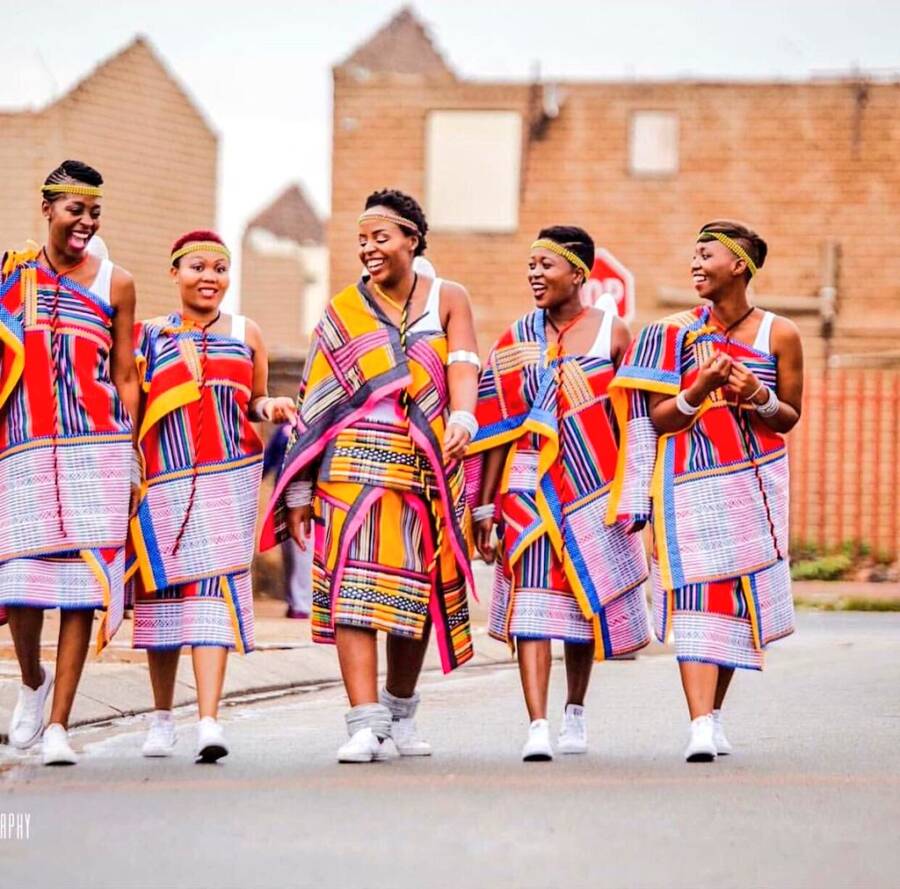

The use of the shedo dates back to olden times and symbolises a lot, including modesty.
-
Animal Skin
Animal skin s a piece of traditional clothing that is pretty common among Tsonga men. The Tsonga-Shangaan tribe has often been described as being slightly related to the Zulu. The men of the tribe are most often to be found in animal skins, most often that of the leopard.
The origins are unknown, but several reasons have been adduced for the use of animal skin by the Tsonga, and they include courage, masculinity and embrace of the natural environment.
Interestingly, the Tsonga aren’t the only tribes famous for their animal skins. The Zulu are famous for that as well.
As a matter of fact, wearing animal skin is part of the ritual for the coronation of a new Zulu king. In most instances, the new king would go on a hunt and kill a wild animal, and the skin will be used as part of the rituals. Popular animal skins include that of a leopard and that of a lion.
Of course, the wearing of animal skin isn’t limited isn’t limited to the king and his kraal, nor is it limited to the tribesmen and those who profess traditional values and stick to culture. People who are not deep into the culture wear them as well, often as a symbol of appreciation and celebration.
This brings to mind the historical moment Sjava travelled to the States years back to receive his BET award. The former Ambitiouz Entertainment star rocked a leopard skin to receive his award. It was historic moment that’s still fresh in the annals of South African hip hop — perhaps because he was the first trap star to do so.
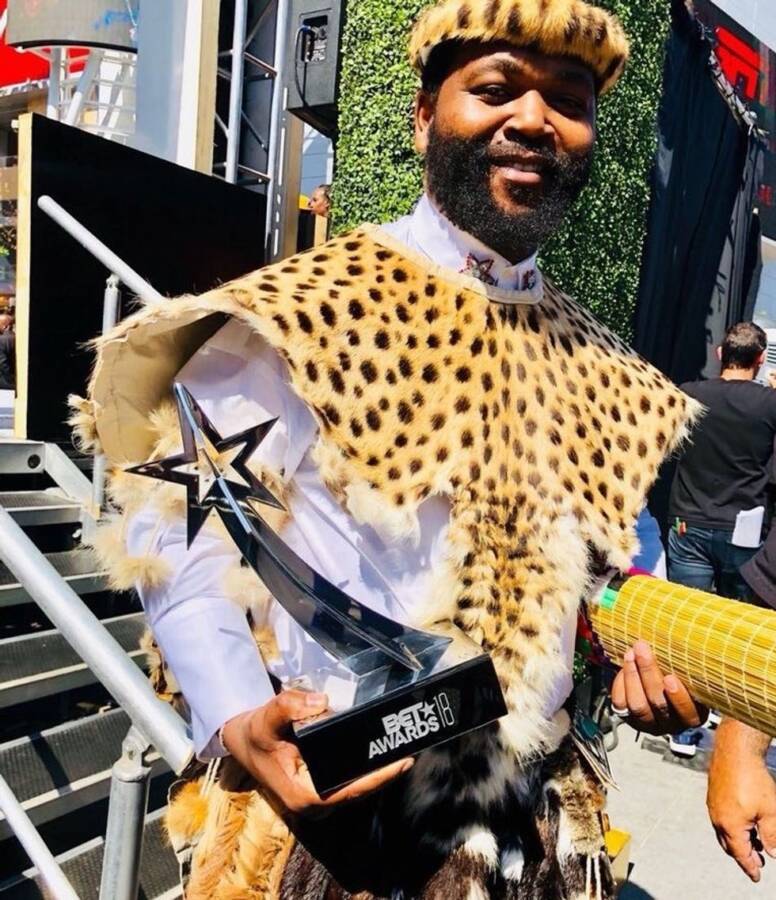
South Africa might b made up of several tribes, it a common similarity runs through most of them. This much should be evident from their traditional attires and the adoption of the same, which dates back centuries.
The clothings given on this list are in no way comprehensive. Still, they should give an idea about the traditional apparels prevalent in South Africa, their evolution so far, and so much more.
The clothes listed, and even those not on the list, have evolved markedly since their first introduction. And, of course, it is expected they would continue to evolve as long as life itself persists on the material plane.
Clothings as we know them form part of the cultural identity of a people and will always will. But of course, not everyone would want to or care to be affiliated with their people through cultural pointers like clothings and even accessories.
Still, the reality remains: One can’t really take clothings out of the identity of a people. And for the people I’d South Africa, beyond identity, their clothing is also a way of showing their understanding of their environment, ecosystem, and their dominance if the same.
